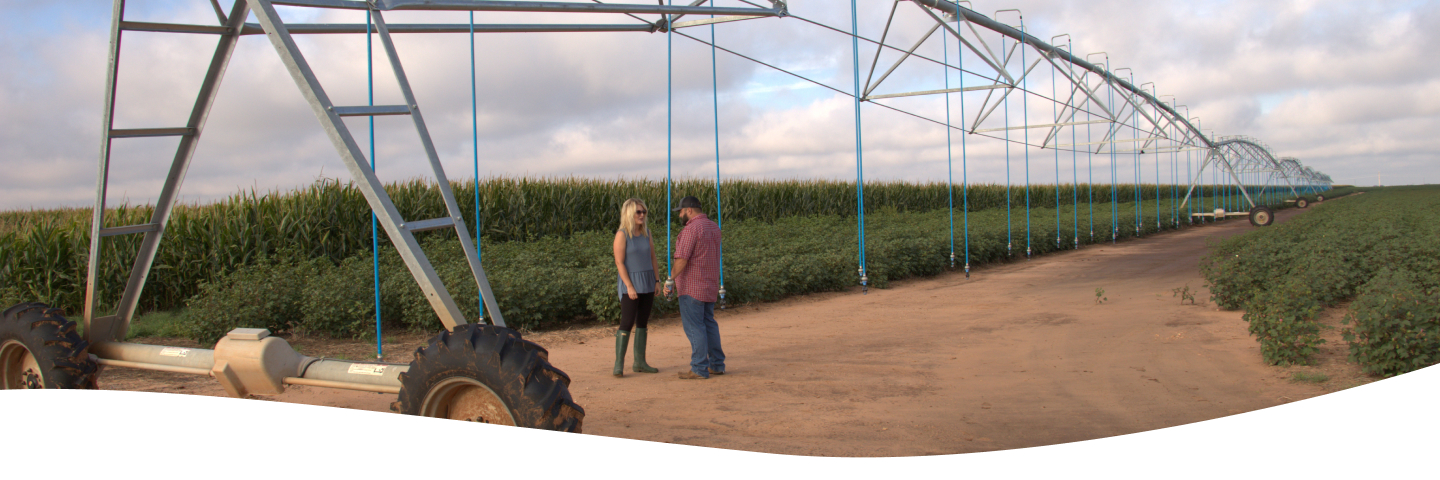The Challenge

Conversations with Texas farmers often lead to talk about “the next generation.” This is most likely due to the tradition of family farming in Texas.
These moms, dads, sister s, brothers, cousins, grandparents, aunts and uncles are working the same land as their family members before them. It’s a generational legacy that prioritizes leaving the land and natural resources in better working condition for the next era to carry it on because they are caring for their families.
That farmer grit and determination for improvement is well suited for the future needs of all Texans. Because even with the extreme Texas heat and drought conditions, the state’s population is growing exponentially. The growth has caused a reduction in farm land, which adds pressure to existing problems.
98.6% of Texas farms and ranches are family operations.
What Happened..
Texas Population Boom
Eight of the nation’s top 15 fastest growing cities were located in Texas between 2020 and 2023.
Three Texas cities – Dallas, Houston and San Antonio – are currently among the top 10 most populous cities in America. And the Texas population of 30.5 million people is expected to nearly double by 2050.
Texas is growing
Texas compared to other American states in 2023:
Land Conservation
The 141 million acres of Texas farms, ranches and forests provide employment for 14% of the state’s workforce and $150 billion to the state’s economy. And about 25% of the state’s agricultural land is considered “Nationally Significant”, meaning it is s among the best in the nation for growing food and crops.
Texas farmers and ranchers rank #4 in the nation for the production of food despite weather pressures
But the population growth of Texas has increased the demand and value for available land, which includes agricultural land (or working land). Texas lost 2.2 million agricultural acres between 1997 and 2017. As population growth continues, there is an increased threat of working land conversion to non agricultural uses.
Land conversion is the process of changing the use of land, in this case farm land, to a non agricultural use like housing or industry. Too much agricultural land conversion to other uses can result in:
Due to this increase in Texas land conversion, farmers and ranchers have another difficult challenge.
They must raise more food with less water on less land. In an effort to curb potential negative side effects, Texas farmers and ranchers are responding to that demand with the adoption of new practices and tools, including modern farm technology, that have the potential to help preserve water and improve crop growth.